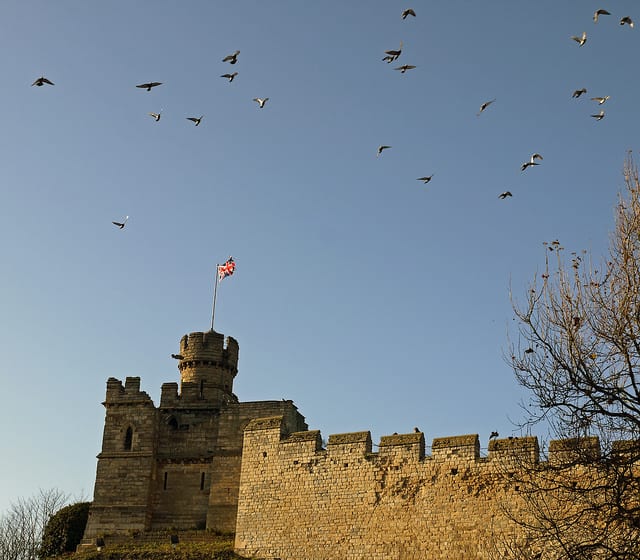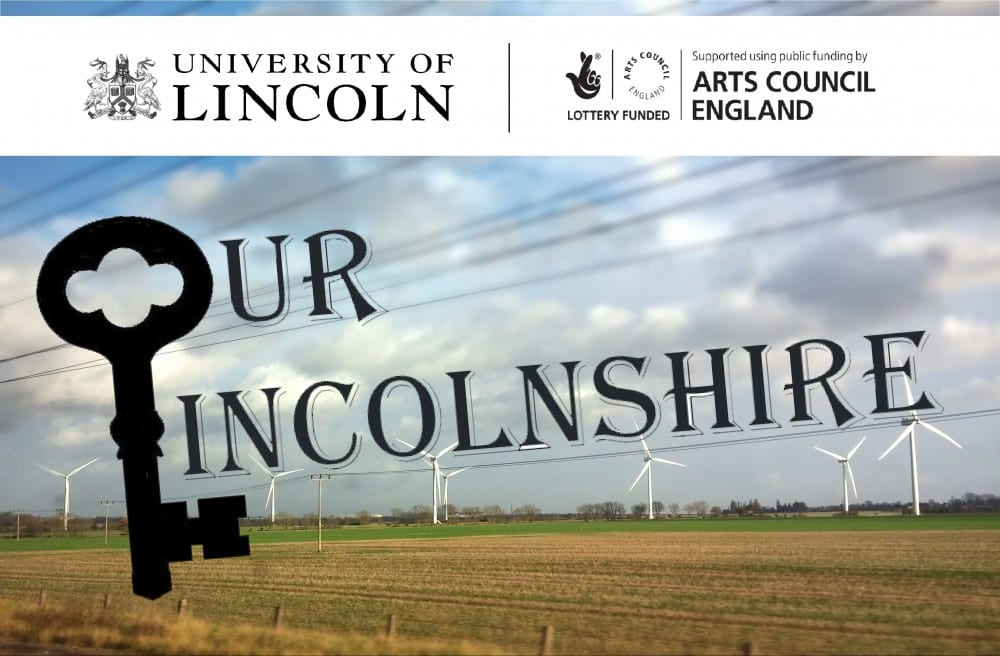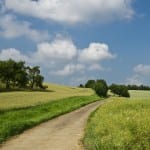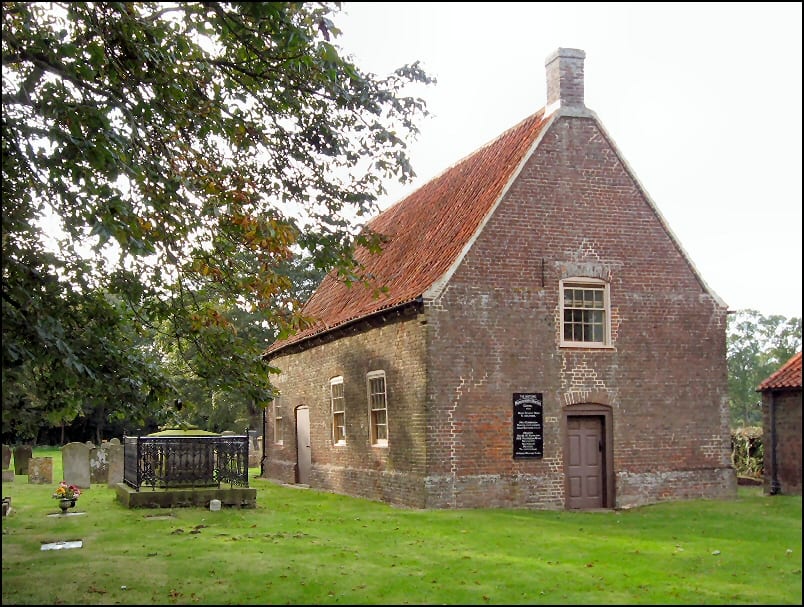Today, the first day of April, is famous for being a day for getting caught out – did you fall for an April Fool joke?
The Lincolnshire Echo had fun with a story about a new waterslide coming out of the Waterside Centre… and reported another first for April 1st (but this time not a joke): the first anniversary of the re-opening of Lincoln Castle.

Lincoln Castle (by DncnH CC BY 2.0)
Lincolnshire County Council held a first birthday party at the Castle, which was re-opened last year following a £22m refurbishment. Apparently, King John was even in attendance, just in time for the birthday cake.
Birthday cake sounds much tastier than what was on offer for some children in Louth on April Fool’s Day in days gone by. In Folklore of Lincolnshire, Susanna O’Neil recounts a story (from Widdowson) of how one lady remembered that, as a child,
“We always got a small piece of coal wrapped in a toffee paper in our lunch. Believe me, we should have been very disappointed if it had not been there!”
The joke was on you though if you played a trick in the afternoon – unless you played your trick in the morning then you might have been rebuked with:
“April Fool’s Day passed and gone and you’re the fool for making me one!”
Hopefully you’ve had fun today. If you have any memories about April Fool’s Days gone by in Lincolnshire, or any other memories about tales of Lincolnshire more generally, you can still take part in our survey, where you can let us know what you think about heritage – which includes our stories about the past, memories, and folklore.







